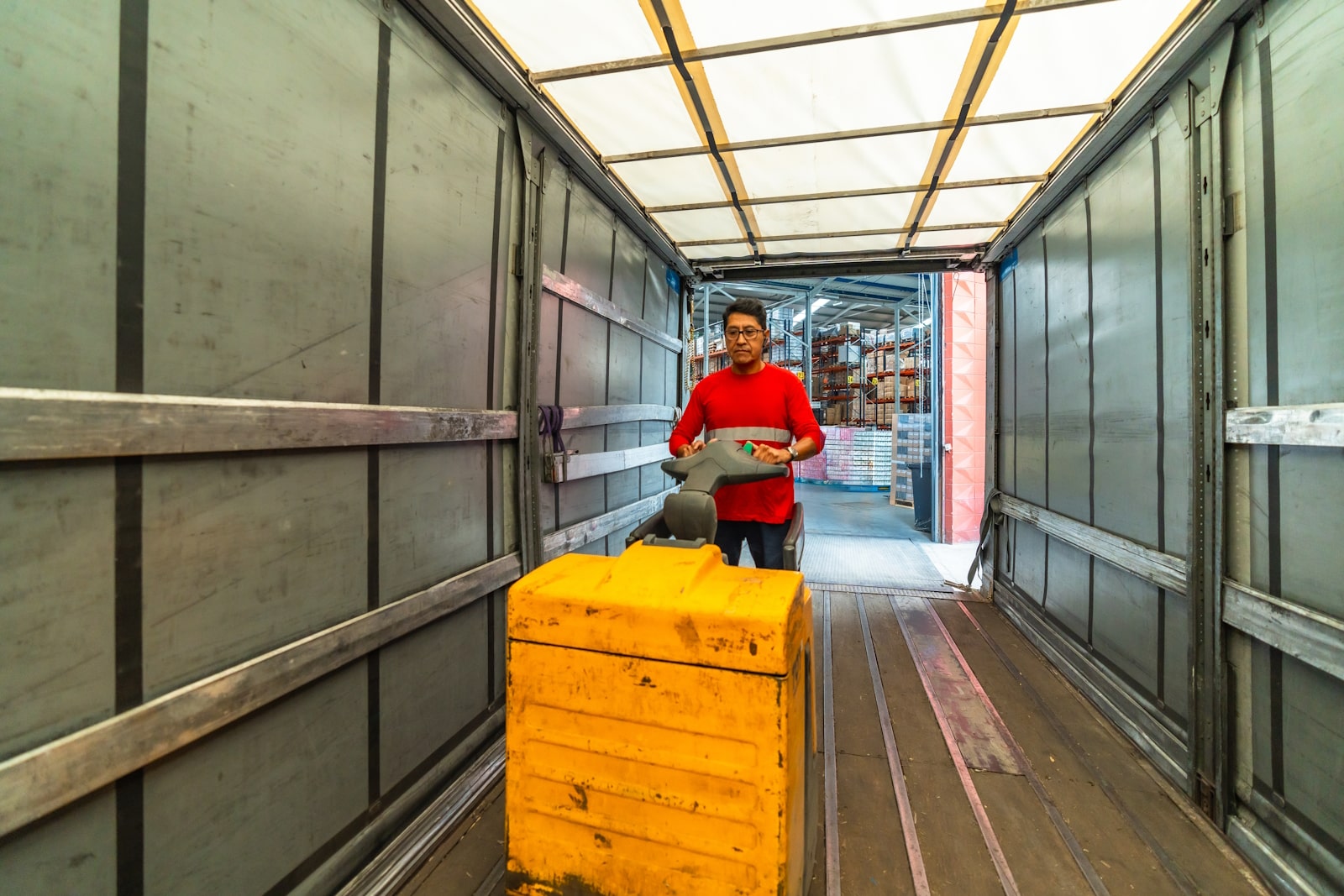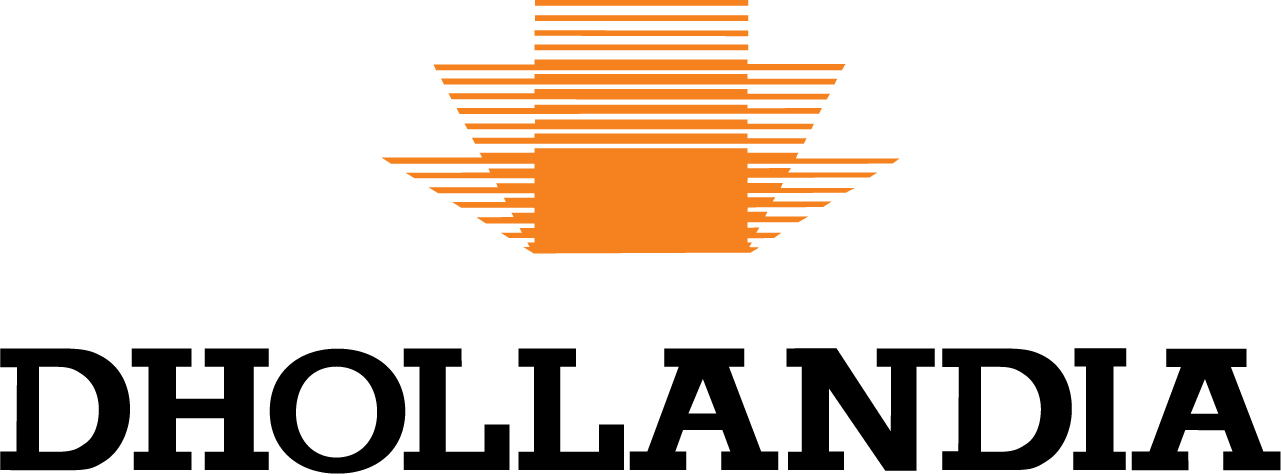
What Tail Lift is Best for Logistics?
When it comes to efficient logistics, tail lifts can make all the difference. Tail lifts are essential for moving goods safely between the ground and the bed of commercial vehicles. They not only save time but also reduce the physical strain on employees and allow flexible loading and unloading even when there is no dock or ramp available. Choosing the right tail lift can improve your operations, save costs, and increase safety across your supply chain.
Understanding the types of tail lifts and their specific applications is key to selecting the most suitable solution. Different vehicles, load sizes, and delivery environments require different lift designs. By considering the lift capacity, vehicle type, and the type of goods being handled, businesses can make informed decisions that improve workflow and protect their staff. In logistics, investing in a tail lift is about more than convenience; it is about efficiency, reliability, and long-term savings.
Tail lifts are no longer just optional accessories; they are a vital component of modern logistics operations. From urban deliveries to long-haul transport, a well-chosen tail lift enables faster handling, fewer damages, and more professional service. With the right system, loading and unloading becomes simpler, safer, and more cost-effective, ensuring your goods reach their destination on time and intact.
Understanding Tail Lifts and Their Importance
Tail lifts are hydraulic or mechanical platforms mounted on the rear of a truck, van, or trailer. They act as a movable bridge between the vehicle bed and the ground, allowing goods to be loaded and unloaded safely and efficiently. This is particularly useful for heavy or bulky items and in situations where forklifts or ramps are unavailable. Tail lifts can lift pallets, rolling containers, or individual items, reducing the manual effort required from drivers or warehouse staff.
The importance of tail lifts in logistics cannot be overstated. They improve safety by reducing the risk of injury during loading and unloading, and they also minimise product damage by reducing the number of times goods are handled. For delivery drivers, this means less strain on the body and fewer workplace injuries, while businesses benefit from fewer claims for damaged goods. Tail lifts help maintain the flow of operations, especially in fast-moving industries like food distribution or retail deliveries.
Tail lifts also add flexibility to logistics operations. A single vehicle equipped with a tail lift can serve multiple delivery points with varying ground levels, eliminating the need for specialised infrastructure. They allow for direct deliveries from supplier to customer, saving kilometres and lowering CO₂ emissions, particularly when combined with electric vehicles for last-mile delivery. In short, tail lifts help businesses operate more efficiently, safely, and sustainably.
Types of Tail Lifts for Logistics
Choosing the right type of tail lift is crucial for efficient logistics. Each lift design has specific strengths that suit different vehicles, cargo types, and delivery environments. Understanding the capabilities of each tail lift helps businesses make informed decisions and optimise their operations, whether they are delivering small parcels, pallets, or heavy machinery.
Tail lifts vary in terms of lift capacity, storage method, and operational flexibility. Selecting a lift involves considering factors such as the weight of goods, frequency of deliveries, and whether forklifts or loading docks will be used. Here are the main types commonly used in logistics operations:
- Cantilever Lifts: Entry-level, low-maintenance, and cost-effective. Ideal for light-duty commercial vehicles and rental fleets. Handles standard palletised or boxed goods.
- Slider Lifts: Support up to 2,000 kg and allow quick access to the cargo space. Well-suited for operations with frequent forklift loading or use at loading docks.
- Fold-Away Lifts: Stored under the chassis for free cargo access. Excellent corrosion protection and used in industries requiring frequent dock access.
- Column Lifts: Handle 750–3,000 kg and provide maximum lifting efficiency for heavier loads. Common in FMCG and food transport operations.
- Van Lifts: Special order lifts for panel vans and larger commercial vehicles. Flexible mounting options inside rear or side doors.
- Passenger Lifts: Special order lifts for minibusses, emergency vehicles, or multi-passenger transport. Custom setup ensures safe and effective operation.
Each type of tail lift offers different operational advantages, making them suitable for specific logistics scenarios. Businesses can match lift types to their vehicle fleets and cargo needs, ensuring maximum efficiency, safety, and return on investment. By considering both the load and the frequency of deliveries, companies can choose a lift that reduces handling times and improves overall workflow.
Benefits of Using Tail Lifts in Logistics
Tail lifts offer significant advantages that extend beyond simply raising and lowering goods. They directly contribute to operational efficiency, employee safety, and overall supply chain performance. By minimising manual handling and supporting flexible delivery operations, tail lifts are now an indispensable part of modern logistics.
The benefits of using tail lifts can be categorised into operational efficiency, safety, and sustainability. Here are the key advantages:
- Saves Kilometres: Enables direct deliveries from supplier to customer without cross-docking, reducing travel distance and transport costs.
- Reduces Emissions: Fewer kilometres mean lower CO₂ emissions, and using electric trucks for last-mile deliveries can make operations near CO₂ neutral.
- Minimises Handling & Damage: Less handling of goods reduces the risk of damage, theft, and mistakes, lowering total costs of ownership.
- Improves Distribution Efficiency: Speeds up the supply chain despite potentially longer individual delivery times, ensuring smoother logistics.
- Enhances Flexibility: Allows loading and unloading even without ramps or docks, supporting urban deliveries, retail, and last-mile operations.
- Supports Employee Safety: Reduces physical strain and risk of workplace injuries, improving ergonomics and workforce wellbeing.
The advantages of tail lifts extend beyond convenience. They directly impact cost efficiency, reliability, and safety, making them a strategic investment for businesses in transport, retail, food delivery, and industrial logistics. Implementing the right tail lift solution streamlines operations and strengthens a company’s professional image in the eyes of clients and stakeholders.
Challenges of Tail Lifts
Despite their benefits, tail lifts do present some challenges. Availability can be limited, particularly for international operations or specialised lift types. Businesses may need to plan carefully to ensure that suitable tail lifts are available for their vehicle fleet to meet delivery schedules.
Mechanical issues can also arise, which may cause delays if a tail lift cannot be repaired quickly. Regular maintenance is essential to prevent such problems, ensuring that lifts remain operational and reliable. Additionally, tail lifts require an initial investment and ongoing upkeep, which can increase the cost of commercial vehicles but is offset by improved efficiency and safety.
Health and safety is another critical consideration. Drivers and operators face risks when using tail lifts, such as falls or accidents during operation. Proper safety measures, including rails and adherence to standards, are necessary to protect personnel. When safety precautions are in place, tail lifts provide a secure and efficient way to move goods without compromising employee well-being.
Top Rated Tail Lift Services in South Africa
Dhollandia SA is the leading provider of tail lifts in South Africa, offering expert solutions and comprehensive service. They have a nationwide presence, with service centres in Cape Town, Johannesburg, Durban, and Port Elizabeth. Their team provides maintenance, repairs, and 24-hour national breakdown assistance, ensuring that your tail lifts remain reliable and operational.
Their product range includes cantilever, slider, fold-away, column, van, and passenger lifts. These lifts cover a wide range of lifting capacities, from 150 kg to 16,000 kg, and are built to withstand the rigours of commercial logistics operations. Dhollandia SA’s tail lifts are designed with durability, safety, and ease of use in mind, incorporating corrosion protection, hard-chromed piston rods, and high-quality finishes.
In addition to installing and maintaining Dhollandia lifts, the company stocks Pommier equipment and accessories for industrial vehicles. This includes couplings, protections, lighting, and sub-frame accessories, enabling businesses to maintain a fully equipped fleet. Dhollandia SA combines expertise, product quality, and exceptional service to ensure that tail lifts meet the specific needs of logistics operations across South Africa.
Choosing the Right Tail Lift for Your Business
Selecting the most suitable tail lift involves assessing multiple operational factors. Businesses need to consider vehicle types, cargo weight and size, delivery frequency, and whether forklifts or ramps are available. A well-chosen tail lift ensures safe and efficient handling of goods while improving overall workflow.
When deciding on a tail lift, consider the following key points:
- Vehicle Type: Different lifts are compatible with vans, light-duty trucks, or full-sized lorries. Ensure the lift fits your fleet’s dimensions.
- Cargo Weight & Size: Cantilever lifts are ideal for lighter loads, while column lifts are better for heavier or bulkier items.
- Delivery Environment: Fold-away or slider lifts are best for frequent dock use, whereas standard cantilever lifts suit urban or low-frequency deliveries.
- Operational Frequency: Frequent deliveries may require a lift with higher durability and quick access, while occasional use can rely on simpler, cost-effective designs.
- Safety & Maintenance: Choose lifts with built-in safety features, corrosion protection, and low-maintenance components to minimise downtime and risk.
- Support & Service: Ensure your lift provider offers installation, servicing, and warranty support to maintain consistent performance.
By carefully evaluating these factors, businesses can select a tail lift that maximises operational efficiency, safety, and cost-effectiveness. Investing in the right tail lift is not just about lifting goods; it is about enhancing the entire logistics operation, from driver safety to delivery reliability. Proper selection also ensures that your vehicle fleet is adaptable to changing business demands and capable of handling diverse cargo types.
An Investment for Long-Term Pay Off
Tail lifts are essential tools in logistics, offering efficiency, safety, and flexibility for modern delivery operations. From saving time and reducing handling to enabling deliveries without ramps or docks, tail lifts improve workflow, reduce risk, and enhance professional service. Choosing the right type of lift depends on vehicle type, cargo, and operational needs, but investing in a quality tail lift is a long-term advantage for any logistics operation.
By selecting a trusted provider like Dhollandia SA, businesses gain access to a full range of tail lifts, expert installation, maintenance, and nationwide support. Their durable, high-quality lifts and comprehensive service ensure that deliveries run smoothly and safely. Get in touch with us today to find the tail lift solution that best meets your logistics needs and experience the difference that professional, reliable equipment can make.
